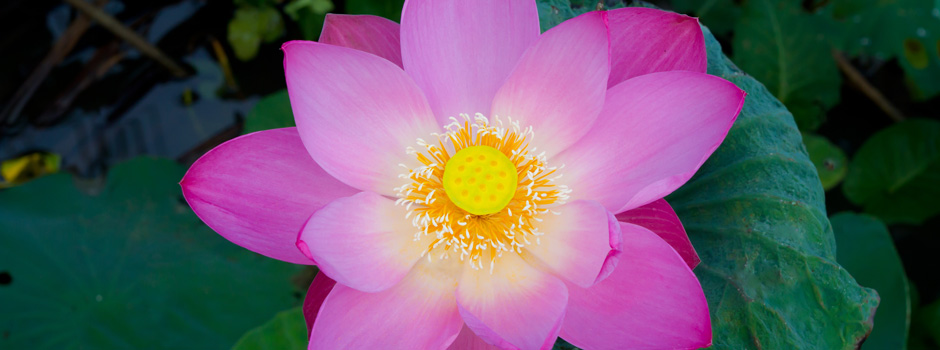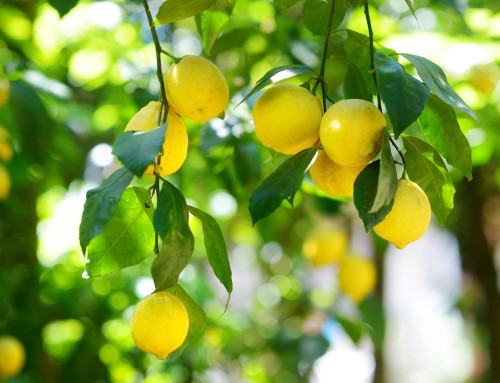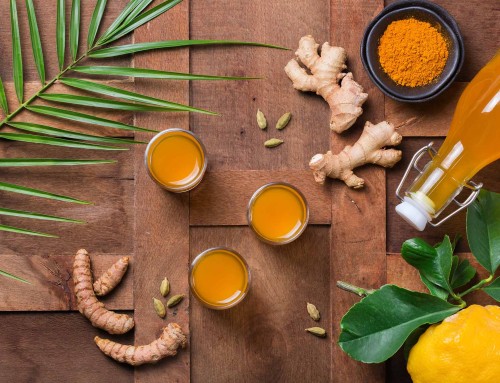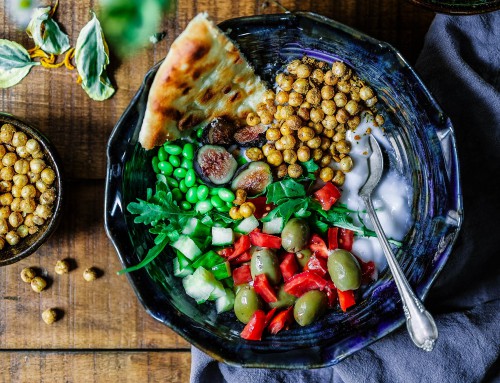Ojas is said to be the finest and most subtle of all body tissues and is viewed by Ayurveda as central to good health. Ojas circulates thoughout the whole body and is responsible for it strength and resilience.
When you have a good amount of Ojas moving freely around the body, it acts like a protective sheild. Ojas regulates the Doshas and keeps them in balance and increases resistance against the influences that can cause disease.
Although it is found in the whole body, Ayurveda states that the main location of Ojas is in the heart. Abundant good quality Ojas is therefore central to the health of the heart.
Moderate consumption of the right foods, and balanced lifestyle habits, promote the production of Ojas. Eating the wrong foods and having an unhealthy lifestyle can destroy Ojas.
Ojas increasing foods
There are some foods that especially nourish the promotion of Ojas and the heart. These include:
- Pomegranate fruit and juice
- Asparagus
- Any sweet, juicy, seasonal fruits
- Sweet lassi (yoghurt diluted with water and with a sweetener, such as honey)
- Avocado
- Almonds. It is best to buy almonds with their skins on. Soak the Almonds overnight to make them easier to digest, then the remove their skins before eating
- Unheated Raw Honey
- Rice
- Leafy greens, especially when cooked with the Healthy Heart Spice Mix
- Milk. As milk has cold, heavy qualities it is hard to digest. It should be boiled until it foams and drunk warm. Spices, such as ginger, turmeric, cinnamon and cardamom, can be added before you boil the milk. These spices increase digestibility and reduce heaviness
- Any good quality foods that are cooked and eaten properly, and digested fully, will enhance Ojas.
In order for you to fully digest and produce Ojas, it is also important to eat your food properly. Even high quality foods can become toxic and create Ama when eaten at the wrong time or in the wrong quantity.
Ojas increasing eating habits
- Avoid eating heavy foods in the evening. Your main meal should be at mid-day.
- Eat only when you are truly hungry. Delay your meal if you have little appetite for it as you will create Ama instead of Ojas
- Sit down to eat and be in a quiet, settled atmosphere – don’t watch TV during meals or get involved in other distracting activity while eating
- Leave your meal feeling satisfied but not full, that way you allow room in your stomach for successful digestion to occur
- Sit for 5-10 minutes after a meal – don’t jump up and engage in activity immediately after eating
- Don’t snack between meals or it will interrupt digestion and create Ama instead of Ojas. It can take 5-6 hours for a meal to be fully digested and for Ojas to be produced.
Foods difficult to convert into Ojas
It is said in Ayurveda that Ojas is the finest product of successful digestion, but some foods are harder to digest than other. Here is a list of foods that it would be difficult, if not impossible, to convert into Ojas:
- All types of meat, including poultry, fish and eggs
- Over-oily foods
- Hard cheese
- Leftovers from previous meals
- Processed foods
- Items with an excess of sour or salty tastes, such as pickles and some chutneys
- Food that has been canned, frozen, or reheated.
In addition, consuming alcohol and smoking cigarettes will actively destroy Ojas.
Next heart article: Lifestyles and herbs that enhance heart health






